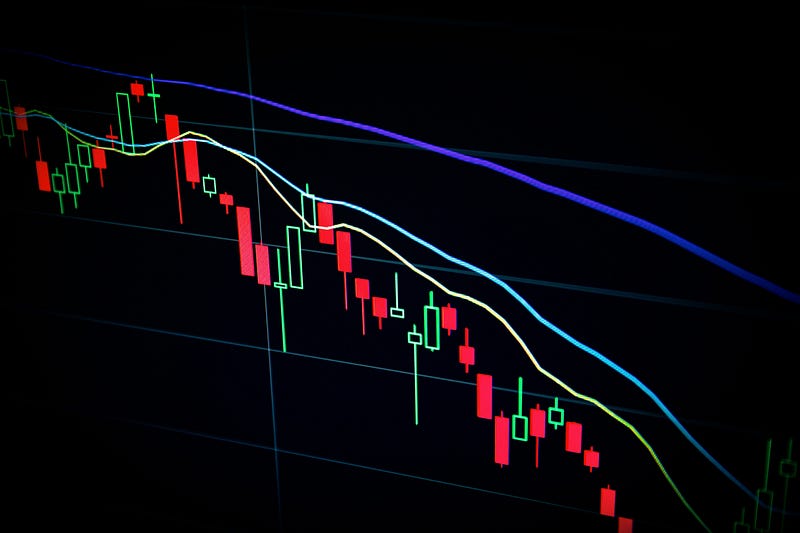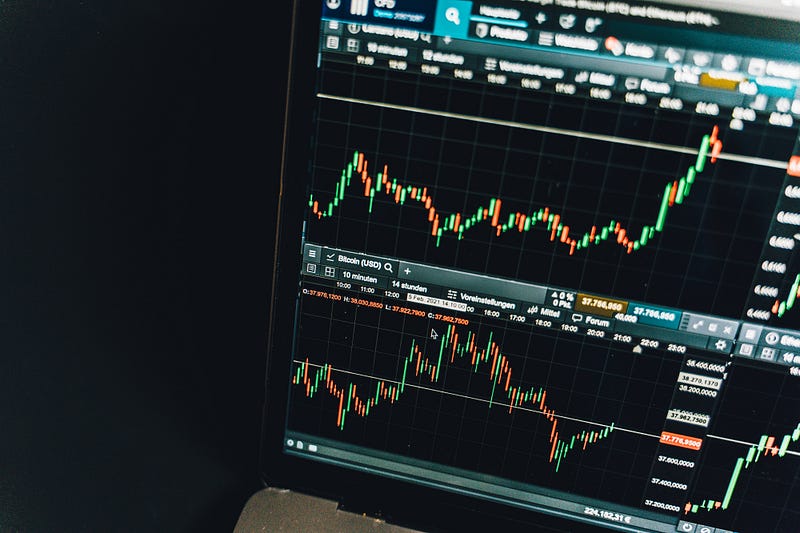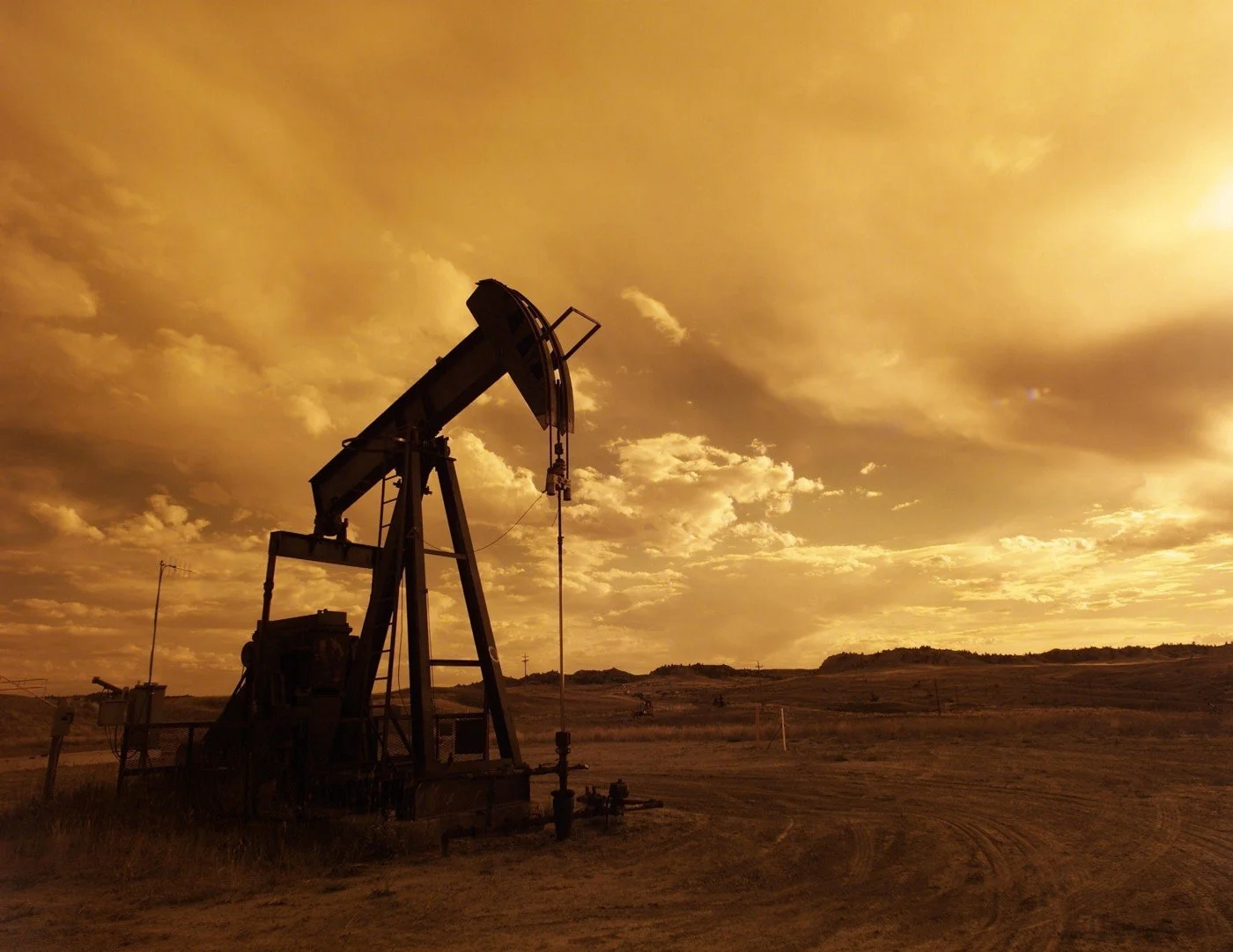Blog
Read my writing about Business, Insolvency, Turnaround, and the Economy.
Cutting Fuel Excise is Pointless
It look almost certain at this point that tomorrow’s budget will include a reduction in petrol excise to ‘ease cost of living pressure’. Our federal government isn’t the only one jumping at this shadow. Governments from the USA to France have also rushed to take action to reduce petrol prices at the pump.
The problem is these polices are counterproductive. High petrol prices aren’t a problem to be fixed, they are the solution to demand exceeding supply in the oil market. Higher prices reduce demand and bring it in line with the current constrained supply.

It look almost certain at this point that tomorrow’s budget will include a reduction in petrol excise to ‘ease cost of living pressure’. Our federal government isn’t the only one jumping at this shadow. Governments from the USA to France have also rushed to take action to reduce petrol prices at the pump.
The problem is these polices are counterproductive. High petrol prices aren’t a problem to be fixed, they are the solution to demand exceeding supply in the oil market. Higher prices reduce demand and bring it in line with the current constrained supply.
Cutting taxes on petrol will reduce the price at the pump, which will increase demand. Oil prices will react by increasing further until we get back to equilibrium, with pump prices right back where they were. A cut to fuel excise achieves nothing and is actually counter productive. It costs the government much needed revenue, does nothing to reduce prices at the pump, and undermines the sanctions against Russia by increasing the value of their oil exports. And that’s without mentioning the positive impact on global greenhouse emissions that expensive oil is likely to bring.
Labour force statistics for February 2022
Labour force statistics for February are out today and it’s pretty much universally good news.

Labour force statistics for February are out today and it’s pretty much universally good news.
Let’s hit the highlights:
> Headline unemployment is down to 4% (from 4.2% last month), the lowest level since just before the GFC in 2008.
> Total people employed was up another 77,400, with the increase driven by full-time employment (up 121,900), while part-time employment fell by 44,500. More people in full-time jobs is great news for job security.
> The participation rate continued its upward trend, increasing from 66.2% to 66.4%, the highest level we’ve seen in a decade.
> The underemployment rate was also down, a reflection of the increase in full-time employment. Falling 0.1% to 6.6%. Equalling the lowest rate in a decade.
> The unemployment rate for women, at 3.8%, was the lowest since May 1974.
The only small blemish was that the number of employed people who worked no hours due to illness or sick leave remained high, up more than 80% on the long term average for February. While COVID case number have remained relatively low, it’s clear that isolation rules continue to have an impact on worker availability. This is likely to remain a problem for a while, as COVID cases again look to be on the rise and we are head into what is predicted to be a difficult Cold and Flu season.
While these figures are great, they do indicate that the economy is approaching capacity. This means we will see both accelerated wage growth and accelerated inflation until tightness in the employment market starts to ease. This means those tipping several interest rate rises this year are looking more and more likely to be correct.
Read the full report at: https://www.abs.gov.au/statistics/labour/employment-and-unemployment/labour-force-australia/feb-2022#underemployment
The Fed Finally Increases Rates
The US Federal Reserve has finally moved on interest rates, increasing the federal funds rate by 25 basis points to 0.25%. The Fed also indicated that they expect to keep increasing rates until they get to 1.75% to 2.00%, or back to the ‘natural rate’. The Fed also announced that they would be cutting back their bond purchasing program.

The US Federal Reserve has finally moved on interest rates, increasing the federal funds rate by 25 basis points to 0.25%. The Fed also indicated that they expect to keep increasing rates until they get to 1.75% to 2.00%, or back to the ‘natural rate’. The Fed also announced that they would be cutting back their bond purchasing program.
While this is clearly a move to bring inflation under control, the Fed remains optimistic that they won’t be pushing rates up aggressively, and sacrificing jobs and growth to get inflation under control. Rather than increasing rates aggressively to reduce demand and ‘tank’ the economy to get inflation under control, the Feb believes that a gentle correction in rates coupled with the economy returning to ‘normal’, as the COVID and war induced supply shocks ease, will be sufficient to bring inflation down. They have also indicated an appetite to allow the economy to run hot for an extended period of time to allow these factor to play out.
This is a risky move akin too playing with fire. By taking such a cautious approach, the Feb continues to run the risk that inflation gets out of control and a more aggressive correction is ultimately required to bring inflation back to sustainable level. The gamble might pay off, but the costs will be high if they have miscalculated.
The move by the Fed will also pave the way for the Reserve Bank of Australia to start its cycle of interest rate increases. While inflation has not reached the same levels in Australia as it has in the USA, the factors influencing the economy are largely the same and we can see in the USA a vision to the high inflation future that faces Australia if the RBA continues to sit on its hands.
US Bans Russian Fossil Fuel Imports
From Bloomberg this morning:
“the U.S. will ban imports of Russian fossil fuels including oil, a major escalation of Western efforts to hobble Russia’s economy that will further strain global crude markets.”
This will make things interesting.
US Bans Russian Fossil Fuel Imports

From Bloomberg this morning:
“the U.S. will ban imports of Russian fossil fuels including oil, a major escalation of Western efforts to hobble Russia’s economy that will further strain global crude markets.”
The UK has joined the US in part, with a ban on Russian Oil, but will continue to import Russian Gas and Coal. The EU have elected not to participate, hardly surprising given their significant reliance on Russian fossil fuels.
The ban is more symbolic than practical. The US only gets about 3% of its oil from Russian sources, so the ban won’t have a big impact on either side of the Atlantic. A fact reflected in the muted response to the announcement seen in oil prices today, which are still trading in the $125 to $130 range.
A EU ban would be much more impactful on Russia, but much harder for the EU to implement, given its significant reliance on Russian fossil fuels. The EU gets 27% of its oil from Russia and roughly 40% of its gas. There aren’t ready alternatives to the Russian supplies either, making immediate sanctions an expensive option for the EU. However, given time, there are options for the EU to wean itself off Russian energy imports and I expect the EU will accelerate this process over the next couple of years.
https://www.bloomberg.com/news/articles/2022-03-08/biden-says-u-s-will-ban-russian-fuels-to-pressure-putin-on-war?srnd=premium-asia
The RBA continues to be too cautious.
The RBA kept interest rates at record low levels again today, once gain refusing to increase rates from 0.1%.
The RBA once again declared they would be patient, waiting to see how things play out rather than moving early on interest rates.

The RBA kept interest rates at record low levels again today, once gain refusing to increase rates from 0.1%.
The RBA once again declared they would be patient, waiting to see how things play out rather than moving early on interest rates.
This approach is a mistake and the RBA should be moving more aggressively, raising rates now and keeping a lid on inflation before it has the opportunity to get out of control. By raising early, the RBA can keep the high point in rates at a lower level than if they wait too long, and inflation gets out of control. By waiting, the RBA runs the very real risk they will have to raise rates higher and much more aggressively to bring inflation back under control. This will be far more damaging to the economy than a steady program of early rate rises to keep inflation under control.
The RBA appears to still believe that supply chain challenges are a major contributor to inflation. However, they have talked little about the unprecedented amount of stimulus spending over the last 2 years and the obvious effect this will continue to have on prices. More money competing for largely the same mix of goods and services will always be a driver of inflation. As confidence returns to the economy with the end of COVID, this stimulus, which has largely been saved through the pandemic period, will flow back into the economy and cause inflation, irrespective of external factors.




